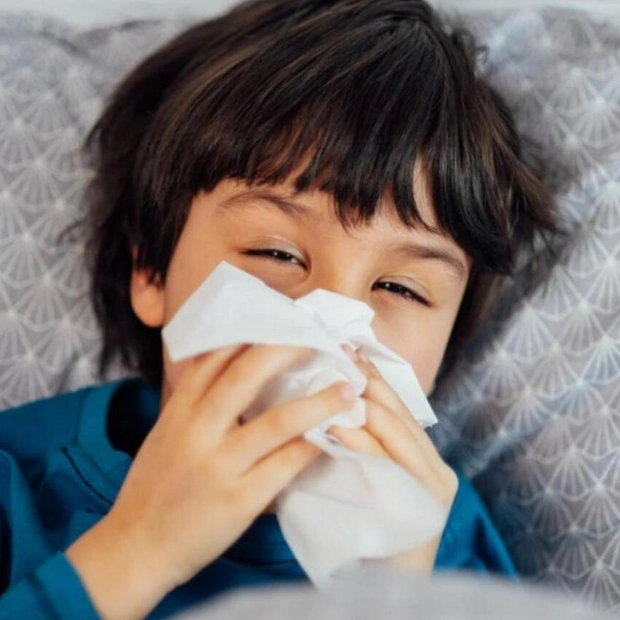CHICAGO — Exciting news for combative siblings: Researchers have identified the sensors that transmit the stinging pain of a hair pull. This pain signal can travel along a nerve fiber at approximately 100 miles per hour, making it one of the swiftest pain signals known. The findings, presented on October 8 at the annual meeting of the Society for Neuroscience, provide a deeper understanding of how our bodies perceive and react to various types of pain.
Pain can result from numerous mishaps — cuts, jabs, pinches, cramps, bites, slaps, stubbing a toe in the dark. Although our bodies can usually distinguish between these injuries due to different biological pathways, they all cause pain. “It’s not unexpected that we’ve discovered many ways to induce pain,” says neuroscientist Gregory Dussor of the University of Texas at Dallas. “Because when it doesn’t, we don’t survive.” Laboratory tests revealed that a hair pull is about 10 times more painful than a pinprick, according to neuroscientist Emma Kindström of Linköping University in Sweden and her colleagues. The pain from a hair pull is mediated by a large, propeller-shaped protein called PIEZO2, further tests indicated. This sensor was previously known to detect mechanical forces, including light touches, but was not believed to detect acute pain signals. Individuals lacking this protein do not feel pain from hair pulls.
A hair-pull signal travels along nerve fibers much faster than other types of pain, Kindström explains, moving in bursts along an insulated conduit known as an Aβ nerve fiber. Other pain signals, such as those from a hot stove burn, travel more slowly along different types of fibers. People likely differ in their pain responses to hair pulls, she suggests. “Some people enjoy very hot showers, while others find them painful. I don’t see why hair pulling would be any different.” She observes this variability in her pet dogs. Her white Pomeranian, Harry, doesn’t mind being brushed. But her Chihuahua, Norton, is highly sensitive to fur pulling, often retaliating with a bite.






